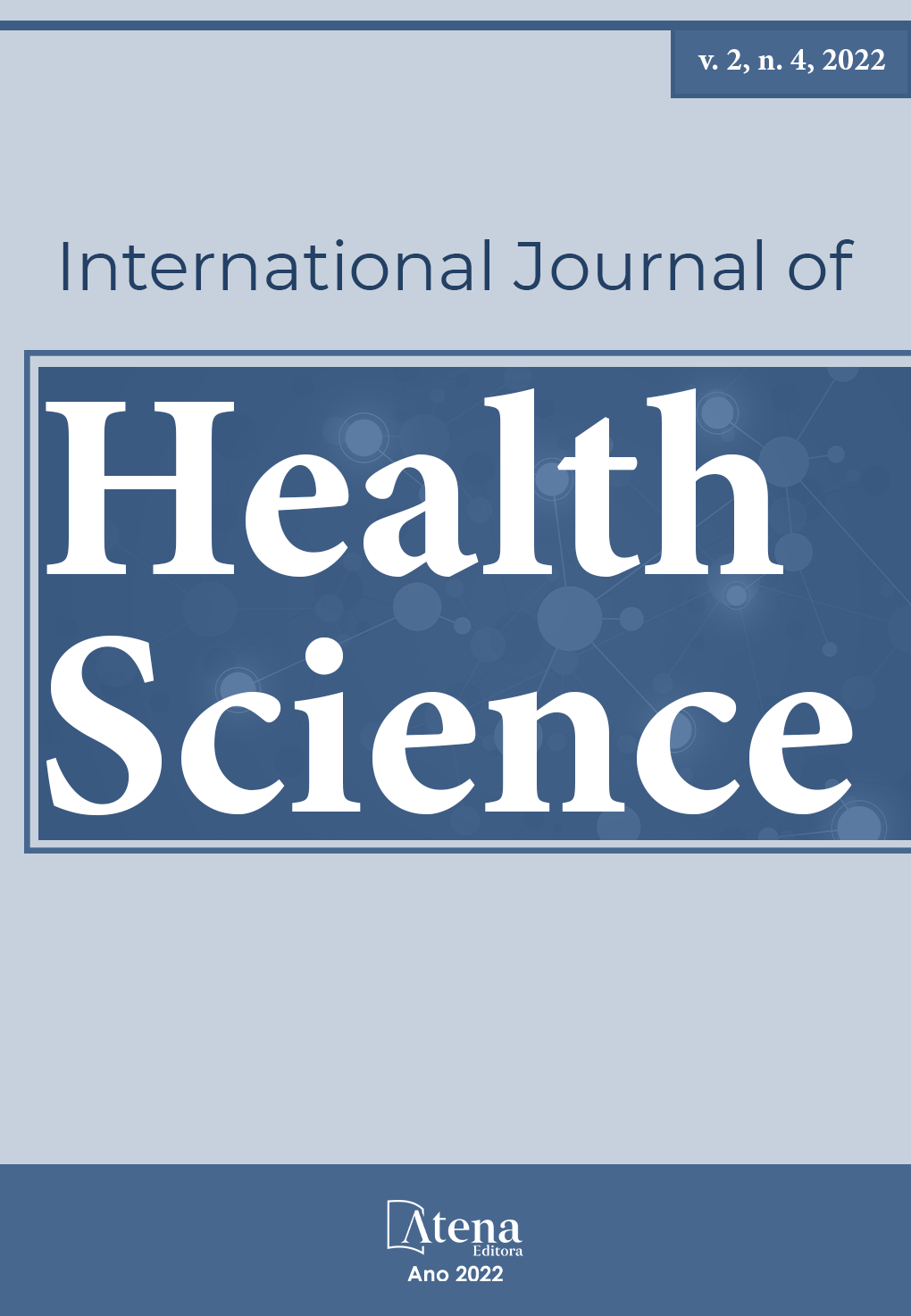
Investigation of Intraoral Sensitivity in Obese Individuals with Esthesiometer
GOAL: To evaluate the sensitivity of the intraoral cavity in obese individuals. METHODOLOGY: 19 individuals participated in this study, divided into 3 groups: Obese Group (OG) with BMI ≥30.0 kg/m², composed of 5 women and 2 men, mean age 34 years, with mean BMI of 35.97 kg/m² m2. The Overweight Group (GS) consisted of 3 women, mean age 22 years, with BMI between > 25.0 kg/m2 and ≤ 30.0 kg/m2. The Control Group (CG) composed of non-obese individuals with 7 women and 2 men, mean age 28 years, mean BMI of 21,3 kg/m2. The exclusion criteria for the groups were: individuals who had neurological impairments or associated comorbidities, who had undergone speech therapy for orofacial motricity, facial and/or craniofacial surgery and who had craniofacial malformations and who had undergone speech therapy in the orofacial motricity specialty. All were evaluated regarding: anthropometry of the face, static and dynamic occlusion analysis, orofacial myofunctional assessment (AMIOFE), and assessment of oral sensitivity using the esthesiometer. Result: All subjects evaluated had orofacial myofunctional disorder, and felt the green, blue and violet monofilaments. Conclusion: In the 3 groups evaluated, the majority presented sensitivity in the green monofilament considered normal, however, the GC and GO, presented individuals in the blue monofilament, which means decreased sensitivity, and violet, decreased protective sensitivity, remaining sufficient to prevent injuries and difficulty in temperature discrimination. And in GS, there were no individuals in the violet monofilament.
Investigation of Intraoral Sensitivity in Obese Individuals with Esthesiometer
-
DOI: 10.22533/at.ed.159242230015
-
Palavras-chave: Speech Therapy, Stomatognathic System, Obese Intraoral Sensitivity, Stesiometer.
-
Keywords: Speech Therapy, Stomatognathic System, Obese Intraoral Sensitivity, Stesiometer.
-
Abstract:
GOAL: To evaluate the sensitivity of the intraoral cavity in obese individuals. METHODOLOGY: 19 individuals participated in this study, divided into 3 groups: Obese Group (OG) with BMI ≥30.0 kg/m², composed of 5 women and 2 men, mean age 34 years, with mean BMI of 35.97 kg/m² m2. The Overweight Group (GS) consisted of 3 women, mean age 22 years, with BMI between > 25.0 kg/m2 and ≤ 30.0 kg/m2. The Control Group (CG) composed of non-obese individuals with 7 women and 2 men, mean age 28 years, mean BMI of 21,3 kg/m2. The exclusion criteria for the groups were: individuals who had neurological impairments or associated comorbidities, who had undergone speech therapy for orofacial motricity, facial and/or craniofacial surgery and who had craniofacial malformations and who had undergone speech therapy in the orofacial motricity specialty. All were evaluated regarding: anthropometry of the face, static and dynamic occlusion analysis, orofacial myofunctional assessment (AMIOFE), and assessment of oral sensitivity using the esthesiometer. Result: All subjects evaluated had orofacial myofunctional disorder, and felt the green, blue and violet monofilaments. Conclusion: In the 3 groups evaluated, the majority presented sensitivity in the green monofilament considered normal, however, the GC and GO, presented individuals in the blue monofilament, which means decreased sensitivity, and violet, decreased protective sensitivity, remaining sufficient to prevent injuries and difficulty in temperature discrimination. And in GS, there were no individuals in the violet monofilament.
-
Número de páginas: 14
- Ivan Luís da Silva Carneiro
- Katiene S.J. Silva
- Suellen Fraga do N. Alencar
- Carla Marcela Faedda
- ANA PAULA MEDEIROS CENIZ


